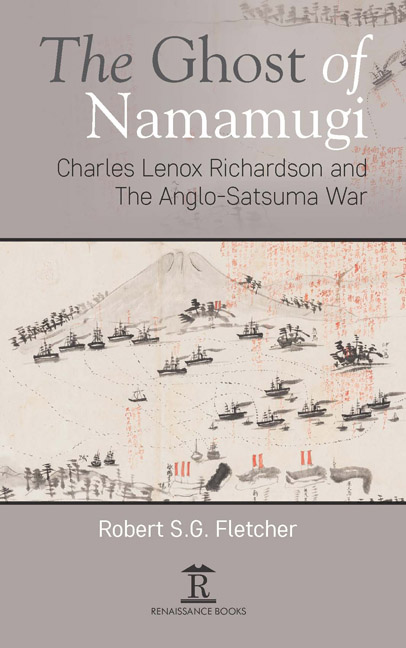Summary
IN THE EARLY 1970s, a friend of mine graduated from high school in a quiet part of Tokushima prefecture. He took a job with a petro-chemical company in Kawasaki, and lived in the company's bachelor dormitory on a hill in Okamura-chō, Yokohama, overlooking the bay and the shipyards. Every day he got up at five, turned on his radio, and listened to British and American pop music over coffee before heading to work: down the hill to the subway, changing trains, and onto the Keihin Kyūkō line. Most days, the trains were packed, and my friend has never been one for crowds. He immersed himself in the books his company colleagues recommended to him: Natsume Sōseki, Mori Ōgai, and the historical novels of Shiba Ryōtarō.
As the train crossed Yokohama and rounded the bay for Kawasaki, it passed through Namamugi: a working suburb, quite like the others, scarcely distinguishable from the urban sprawl. Yet the announcement for Namamugi station always gave him chills. Here, in 1862, a young British merchant had lost his life at the hands of a samurai retainer: a murder story half remembered from my friend's school days. A century later, at much the same spot, a passenger train hit a freight car before colliding with an oncoming train. One hundred and sixty-two people died in Japan's worst rail disaster. In my friend's mind, these events overlapped; Namamugi assumed an ominous air. Perhaps, he thought to himself, that merchant had become an onryō, a vengeful spirit, haunting the railway line and causing the accident. Perhaps he haunted it still.
By the late summer of 1862, the small foreign enclave at Yokohama was already a bustling place. Hemmed in on all sides by canals and by its rapidly developing harbour side, Yokohama had been a mere village until its selection, three years before, as the site of one of Japan's first new treaty ports. As the merchant warehouses multiplied and the population grew, bakufu (Tokugawa shogunate) officials struggled to align their vision of a neat and cloistered foreign community with its expanding, boisterous reality.
On 14 September, three British residents crossed the bay to Kanagawa, seeking a change of scene.
- Type
- Chapter
- Information
- The Ghost of NamamugiCharles Lenox Richardson and the Anglo-Satsuma War, pp. 3 - 10Publisher: Amsterdam University PressPrint publication year: 2019



